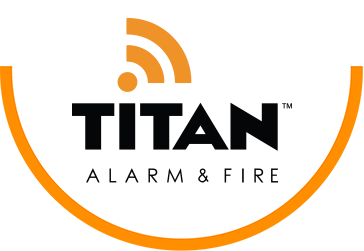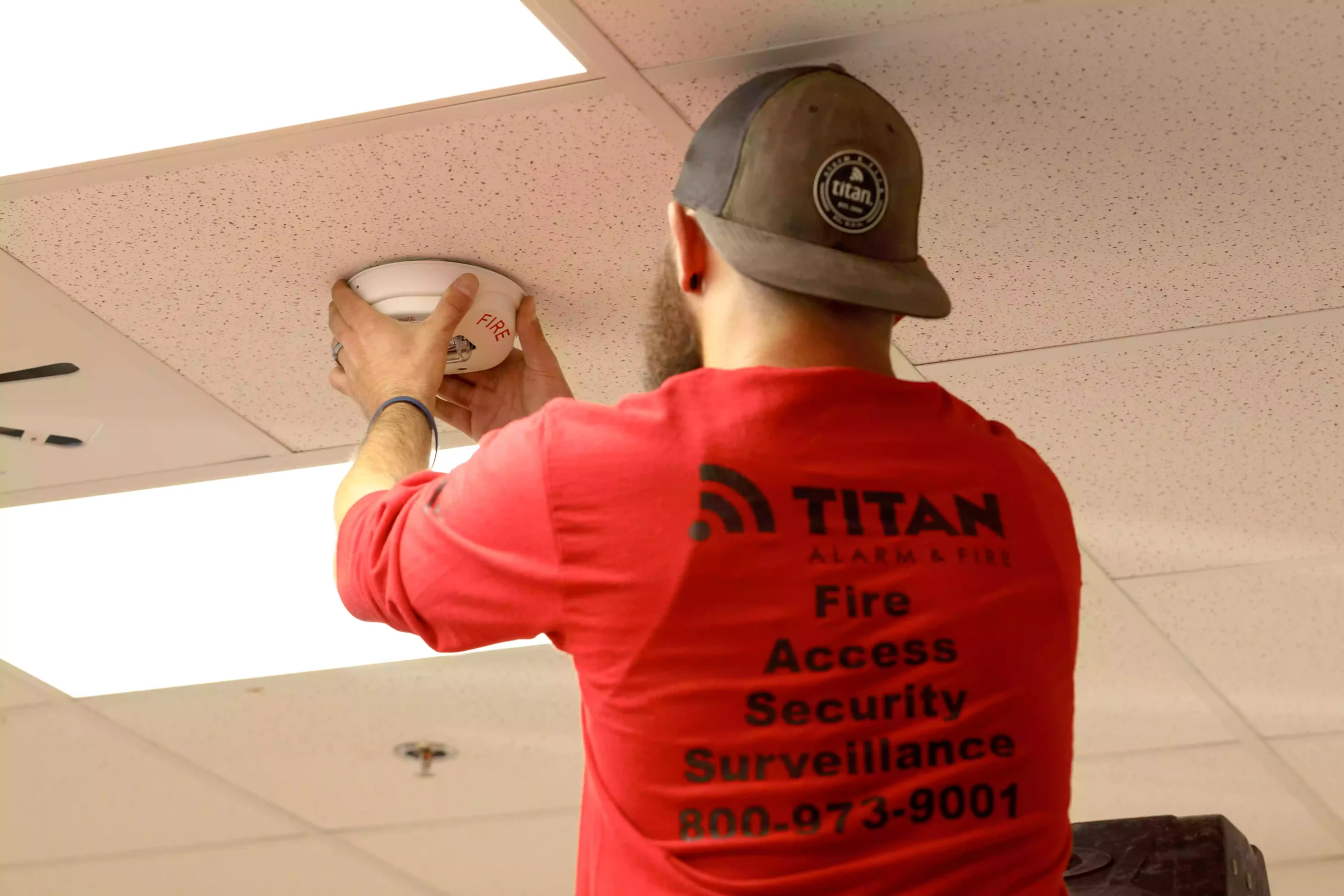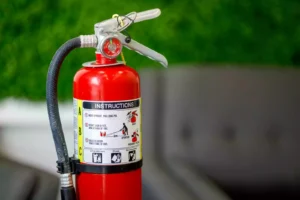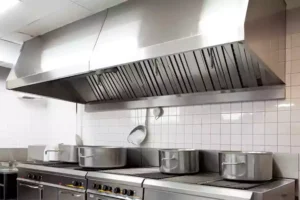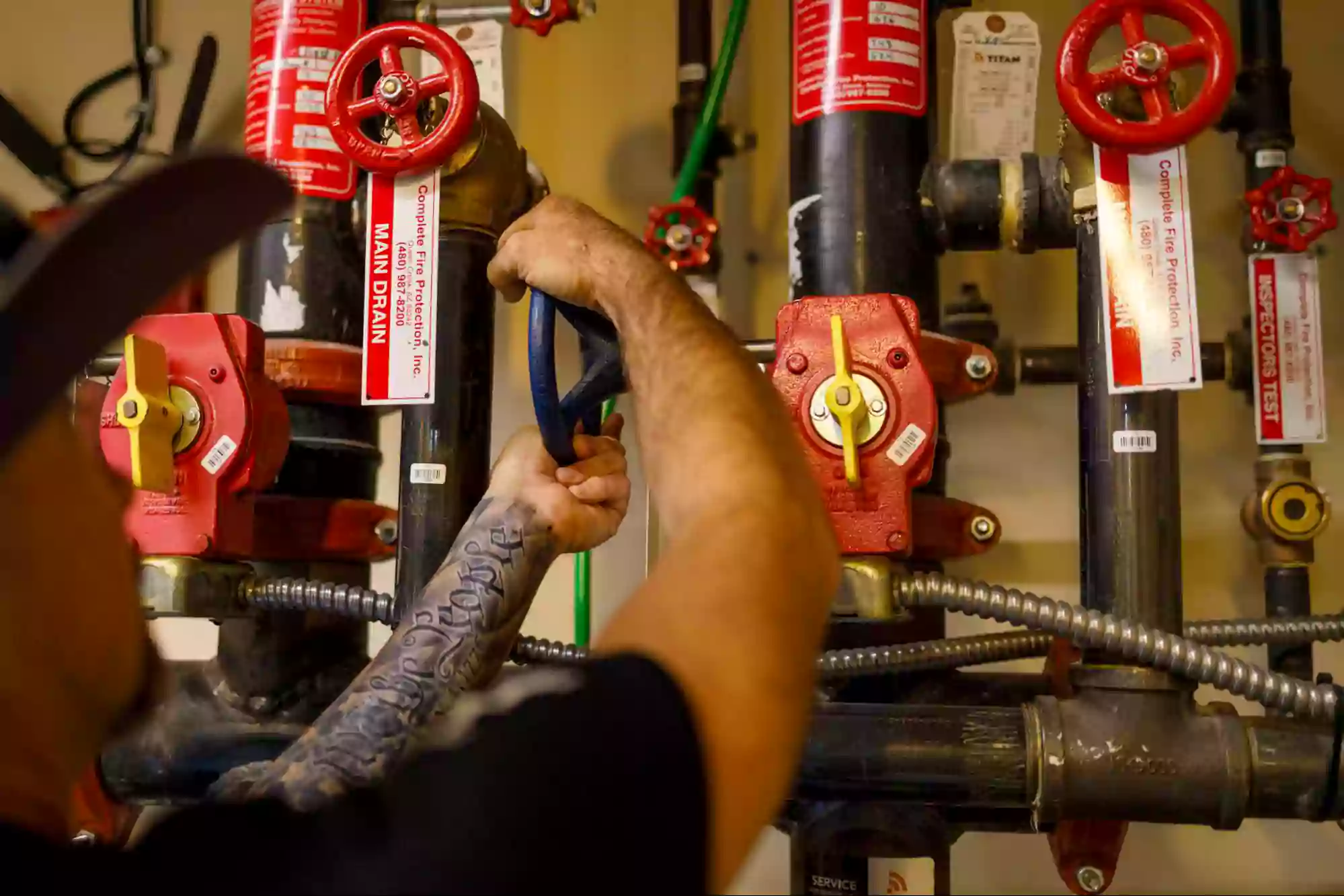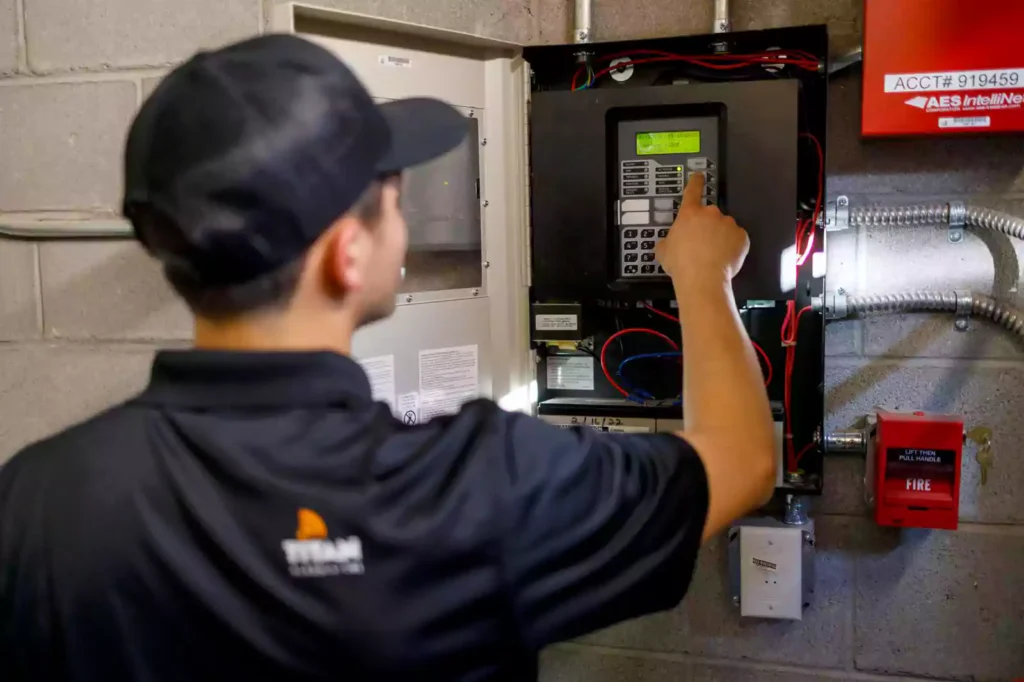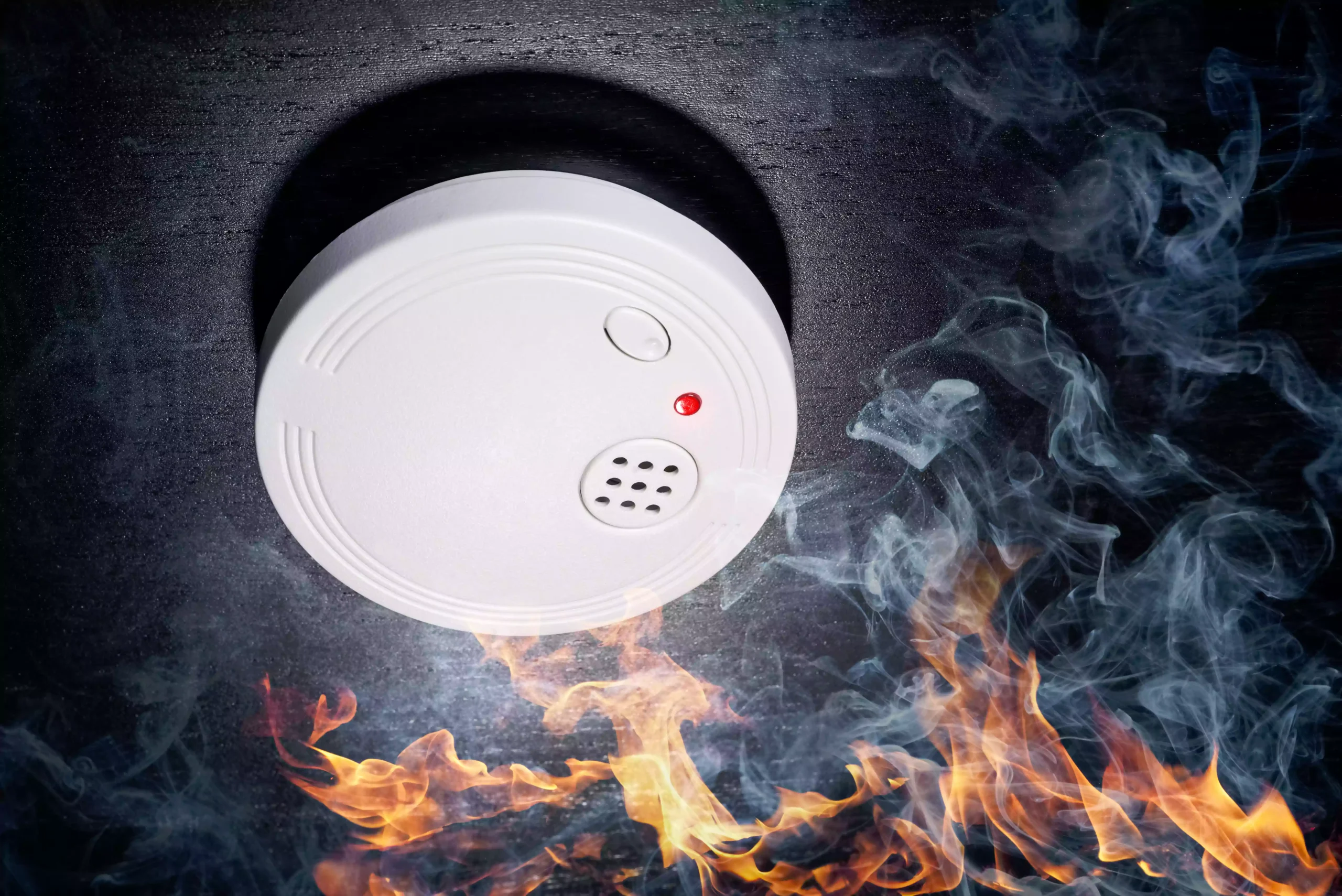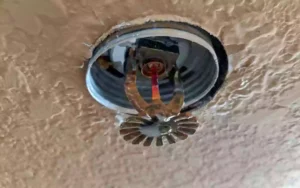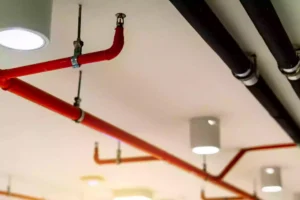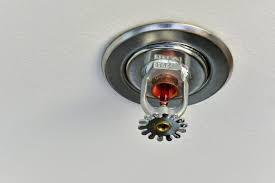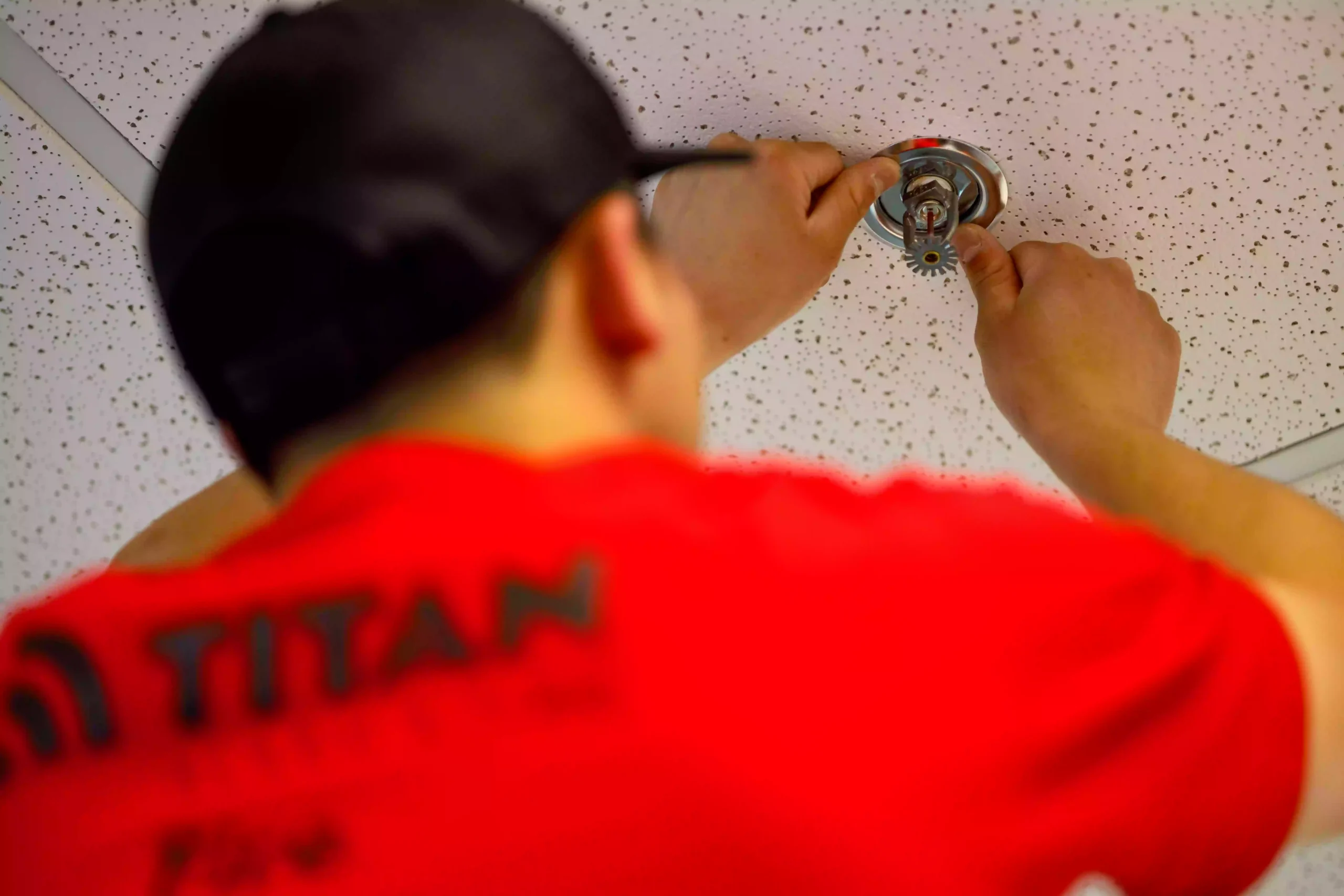
While many school systems these days are understandably focusing their safety training initiatives on how to respond to active shooter situations, fires still pose a significant risk. According to National Fire Protection Association statistics, fire departments in the United States responded to an average of nearly 5,000 structure fires per year in educational institutions from 2011-2015. In this blog post, we will talk about the fire drill tips for schools & the best practices they can take.
How to Prepare Your School for a Fire?
Fire drills are an essential component of fire safety in schools. Regular drilling trains students and staff members on how to evacuate the building promptly during a fire emergency. Elements of an effective fire drill program include:
-
Consistent Drilling:
This is crucial for reinforcing the appropriate actions during a fire. According to NFPA guidelines, schools should stage drills once a month while school is in session. Schools located in areas with severe climates may drill less frequently based on the weather conditions.
-
Constant Awareness:
It is impossible to anticipate when a fire will break out. Thus, it is important to hold drills during different times of the day and under varying conditions to ensure students and staff members are prepared for every contingency.
-
Accessible Plans of Escape:
Every room in the building should have a fire evacuation map posted in a visible location. The map should indicate two escape routes in case one path is blocked or inaccessible.
-
Calm Procedures:
Staff members should oversee the procession of students leaving the building and ensure they are moving in a quick, but orderly fashion. Rushing could cause a panic that leads to injuries.

-
Adequate Staffing and Planning:
Students will special needs may need assistance during a fire drill. Designate a staff member or student “buddy” to be responsible for helping these individuals get out of the building safely.
-
School-wide Participation:
Everyone must leave the building during a fire drill — no exceptions. Use student rosters to account for every student.
-
Clear plans:
Once the students have exited the building, make sure they remain at a predetermined location until they are cleared to go back inside.
Titan Alarm, Inc. can provide your Phoenix , or Tucson area school with a reliable fire alarm system that will enhance your safety efforts. Contact us for more information and to schedule a no-obligation fire safety consultation today.
